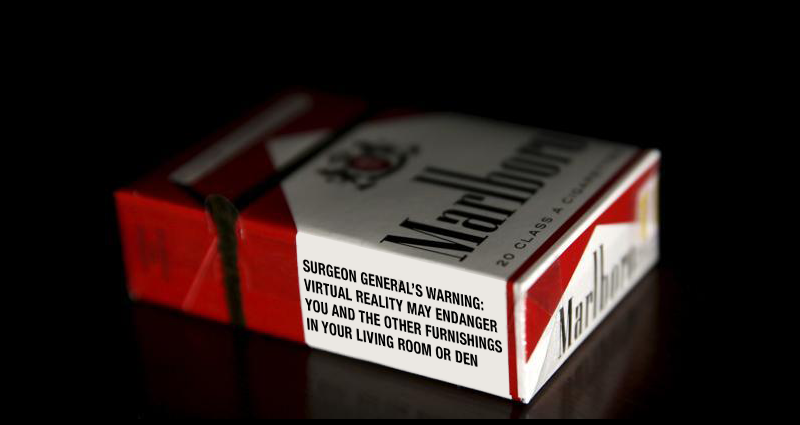Product Review: Blue Microphones Yeti
A few weeks ago I got to spend some quality time with a new microphone from Blue Microphones called the Yeti. If you getting into recording live audio or podcasts and you aren't aware of Blue Microphones' products you really should read the rest of this article.
I grew up loving audio. My uncle was a DJ and had the most amazing vinyl collection I had ever seen in my life. My dad was a huge tech fan, especially when it came to speakers so monkeying around with turntables, speakers and microphones was second nature to me by the time I was 12. When I stop to think about it, the fact that I have ended up in working in the IT industry and host an internet audio show should come as no surprise to anyone including myself. But back to the topic at hand, the Yeti.
Blue Microphones [founded in 1995] has been focused on studio recording since Apple dropped the first version of their GarageBand application, and over the years they have created a strong lineup of microphones spanning the spectrum from enthusiast to professional audio producer. Before my trip to CES I was only partially familiar with their brand having taught podcasting while I worked for Apple Inc Retail, I often recommended the Blue Microphone SnowBall mic as a great sounding, highly portable and affordable interview or starter microphone to many a customer. I would often demo some of the other microphones in store against the SnowBall and internal microphone options and more times than not a customer left with a SnowBall. I even purchased a SnowBall for myself last year which I fell in love with and used regularly to record the ESH podcast before giving it to Pandalicious. You might ask why I would give up a mic that I obviously liked and was happy with, but the title pretty much gives it away: I have replaced my SnowBall with a Yeti and I'm damned happy with the results.
Before my visit with Blue Microphones at CES 2010 I had not really investigated their lineup of microphones which is surprisingly deep. Blue has microphones for mobile recording on the go (the Mikey for iPhone users and the SnowFlake for laptops), products aimed at the prosumer market (which includes the SnowBall and the Yeti) and a drool-worthy lineup of professional grade microphones that look great but also contain internal hardware designed to be perfect for very specific types of recording. I plan to do a write up of some of their more pro level mics down the road but I want to get back to the Yeti.
Overall, I have been very happy with the audio quality that my SnowBall gave me over the last year, but I typically record my audio for the ESH podcast in a guest bedroom that I have been slowly turning into a nerdcave. While my nerdcave is definitely coming along (I need to nerd out the walls a bit because they are quite drab so hit me up if you have any suggestions for wall coverings) it creates a heck of a echo for me when I record, egg-crating the room though I'd like to is neither finically feasible nor allowed by my apartment complex so I really needed an alternative to help with the sound issue.
They Yeti is one of the most diverse USB microphones I've ever used. Under the hood, the Yeti has 3 condenser capsules and sports four polar patterns for recording: Cardioid, Bidirectional, Omnidirectional and Stereo. The microphone also has a separate gain control on the back, mute button, and stereo mini-jack out for monitoring purposes. What grabbed my attention immediately when looking at this mic were the polar patterns as the hardware "dampening" or "sweeting" my audio recordings was exactly what I was hoping to find in a new microphone and the Yeti was much easier on my wallet than then Shure microphone I was researching at the time. Not to mention it is THX certified and very sleek looking. Sexy.
I wish I could say I completely tested the Yeti before writing this review. The fact of the matter is that I personally have little use for the stereo or omnidirectional pattern recording modes. I'm not going to be making or recording any ensemble or concerts/live band performances anytime too soon, but I did spend a bunch of time testing the cardioid and bidirectional modes which are great for podcast and interview type sessions respectively and the audio quality was much improved over my past recordings of these types which include our shows like our E3 episode. The Yeti is sensitive to sound coming at it, but not aggressively. During a recording session you won't find a need to be "on top of the mic" or play with its position in order to get the sound levels you'd like, but the built in monitor out will be a huge help in checking levels before you hit that record button should that sweet spot elude you.
Really, the only downside I could come up with with this mic is its weight: this is not a mic to throw in your backpack for the day. While the stand and mic come in at a total weight of 3.4 pounds it is a solid 3.4 pounds. If you are rolling with a laptop, power cables and this sucker you will be getting one hell of a cardiovascular workout. Honestly, that kind of use is not really what the Yeti is designed for so I can't really knock it for that. you can unmount the microphone from the base and screw it into a stand (similar to the SnowBall's tripod stand if you have ever seen or used it) and it does fold into itself to help it conserve space on your desk and that should really be enough.
Sleek design, USB 1.1 with Mac and PC compatibility, a plethora of specialized supported recording modes with insane affordability ($149.99 USD) and the Yeti is hard to pass up if you are interested in getting into podcasting or starting a band in your garage or basement.





